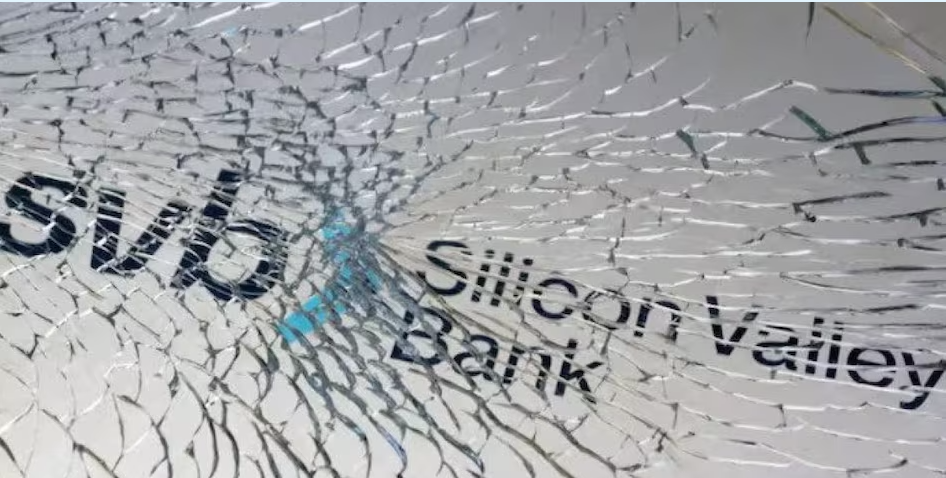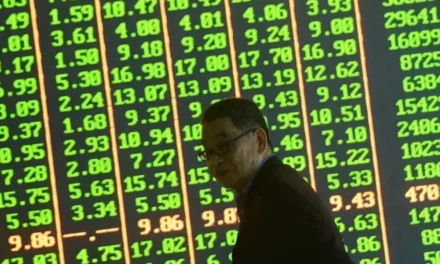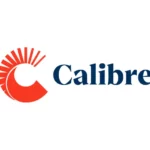In light of the recent collapse of California’s Silicon Valley Bank (SVB), US government regulators quickly moved in on Sunday, March 12th, to prevent an even greater financial crisis on a global scale. But while authorities on the West Coast scrambled to mitigate the SVB issue, their counterparts in the east announced that they were taking over another bank that recently failed: New York’s Signature Bank (SBNY.)
SBNY collapsed just two days after SVB’s shocking crash on Friday, March 10th, an event that has left both markets and investors high and dry, their access to several billion dollars worth of deposits blocked.
Nevertheless, the US Federal Reserve, Federal Deposit and Insurance Commission (FDIC), and the Treasury Department issued statements advising SVB and SBNY customers that they may access their funds on Monday, March 13th. Measures meant to protect customers and prevent further bank runs were announced in the same statement.
“This is Not a Bailout”
However, authorities were quick to say that neither bank is being bailed out. Indeed, the Fed stated that it will not purchase securities from either SVB or SVBNY. Instead, the regulator will only lend against their book value.
This move is meant to ensure that US banks may continue to protect customer deposits as well as provide credit access for both the public and private sectors to help promote sustainable economic growth.
What Exactly Happened at SVB?
Considered the second-largest failure of a financial institution in American history, SVB’s spectacular collapse was triggered by its announcement on Wednesday, March 8th, regarding the sale of several securities at a loss. SVB officials also stated that they would sell around $2.25 billion in new shares to stay balanced.
This rang alarm bells among several venture capital firms that advised their clients to withdraw their funds from SVB. This resulted in its stock crashing on Thursday, March 9th, which also brought down the stocks of several other banks across the country, including SBNY, First Republic, and PacWest Bancorp.
As of March 10th, SVB abandoned its attempt to immediately raise its capital to mitigate the ensuing crisis.
Experts are quick to point out that FDIC officials took over SVB in the middle of the morning, as opposed to waiting for the trading/banking day to end. According to Dennis M. Kelleher, chief executive officer at Better Markets, SVB’s condition worsened so rapidly because depositors panicked and pulled their money out so fast that the bank quickly plunged into insolvency – a bank run that made authorities take prompt action to prevent the situation going from bad to worse.














